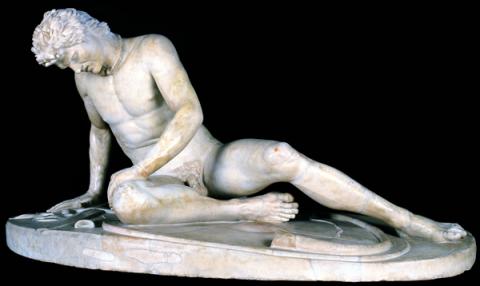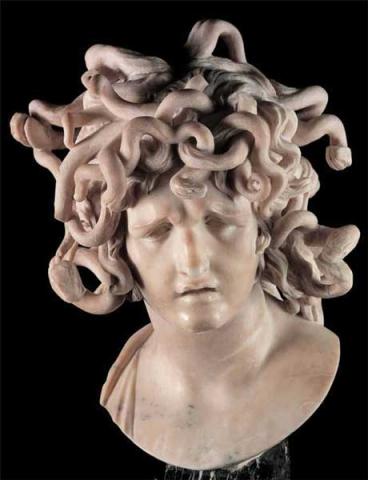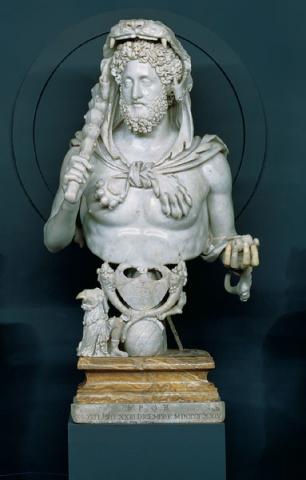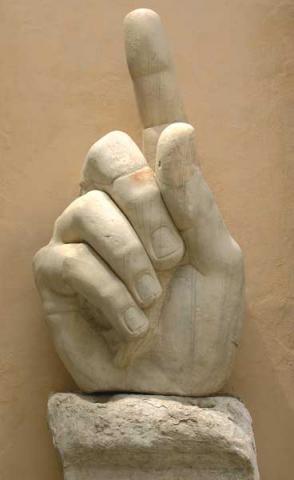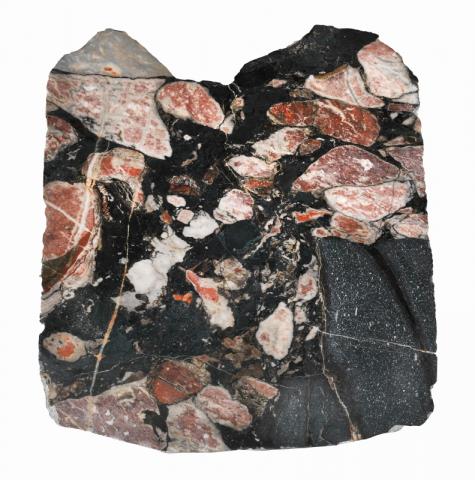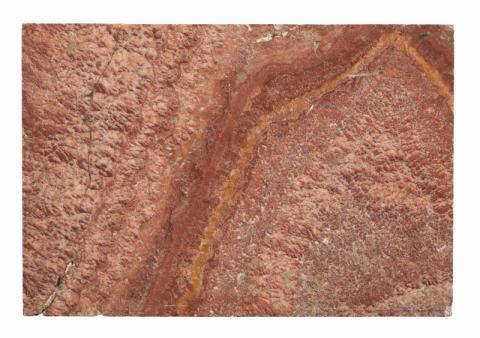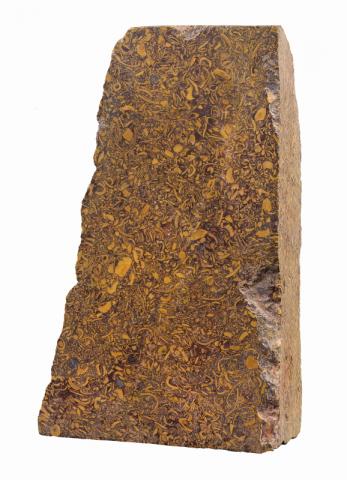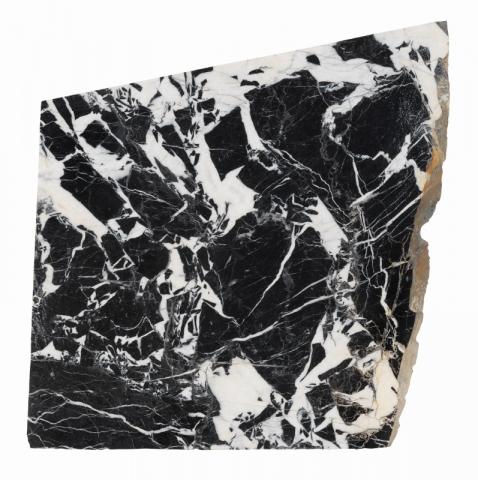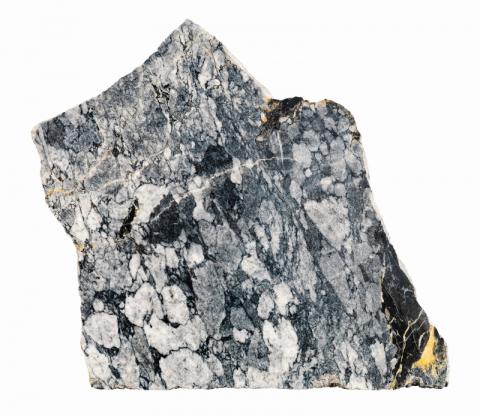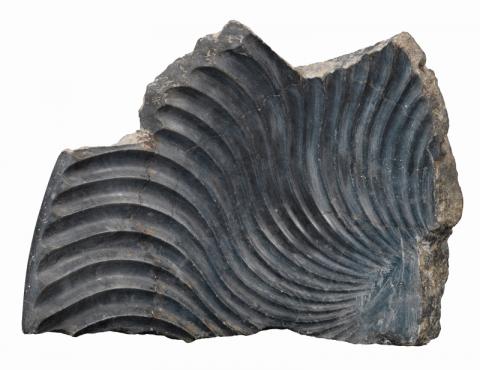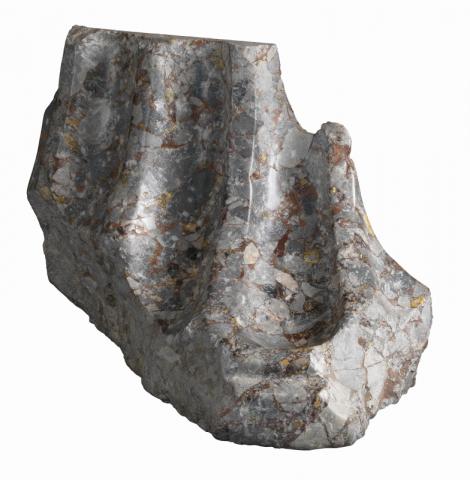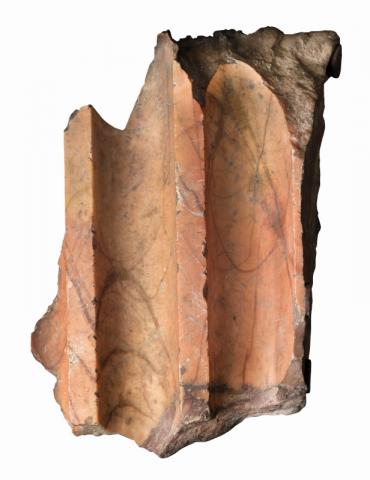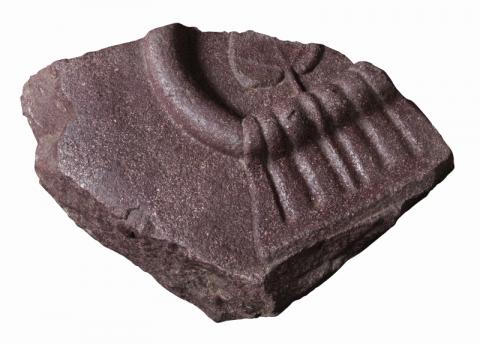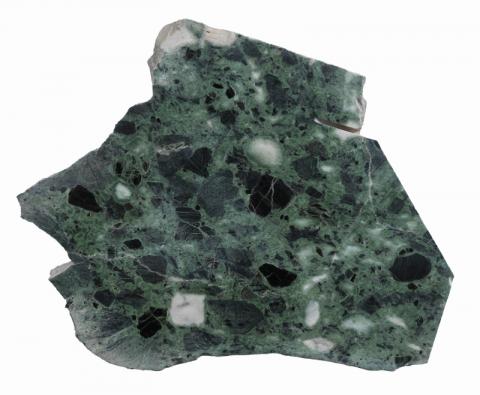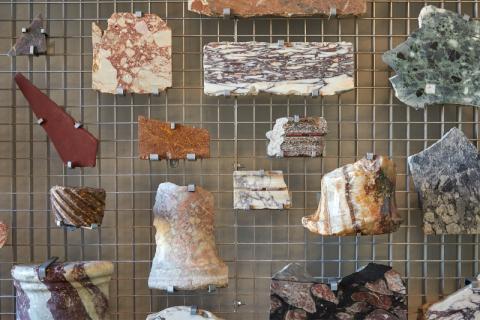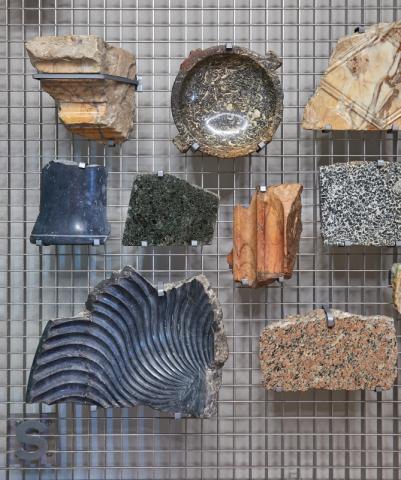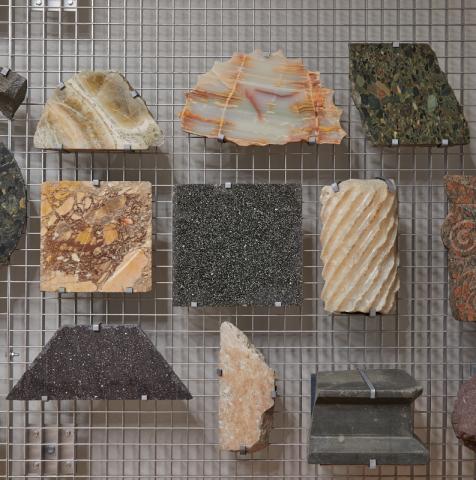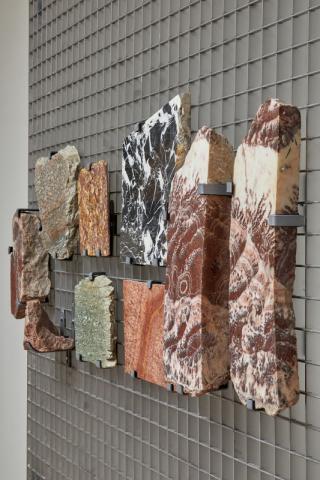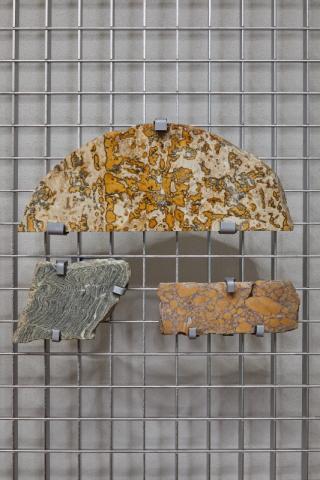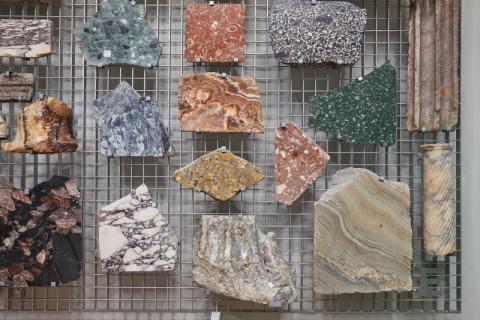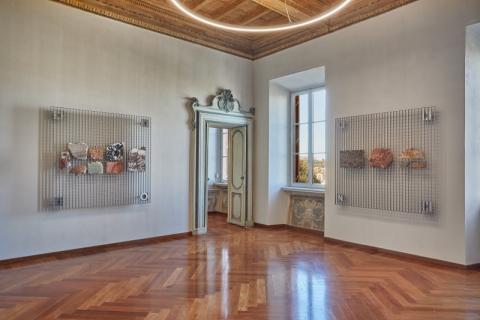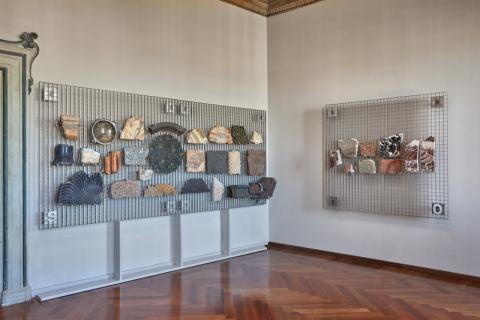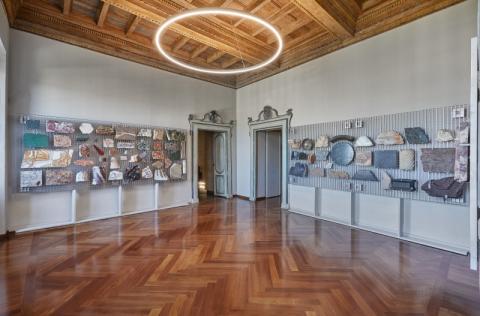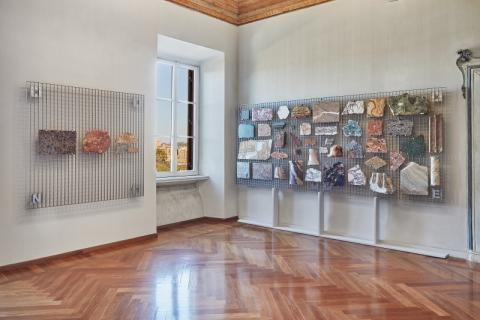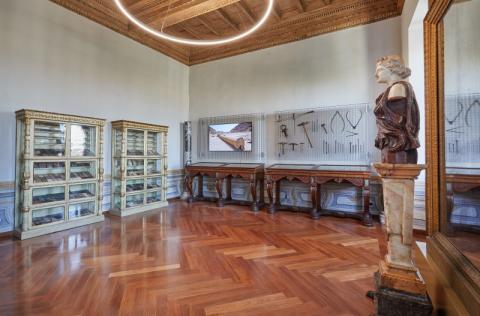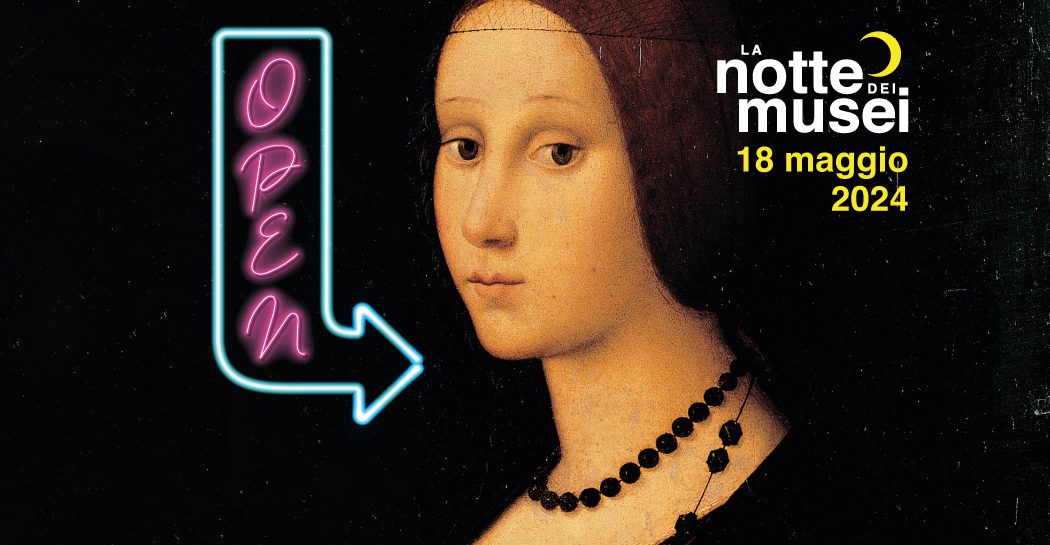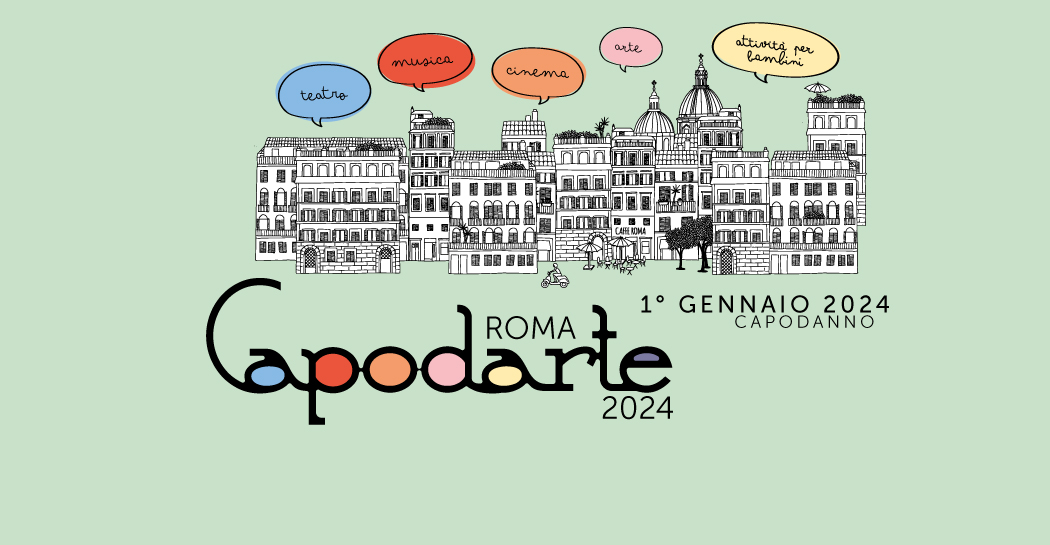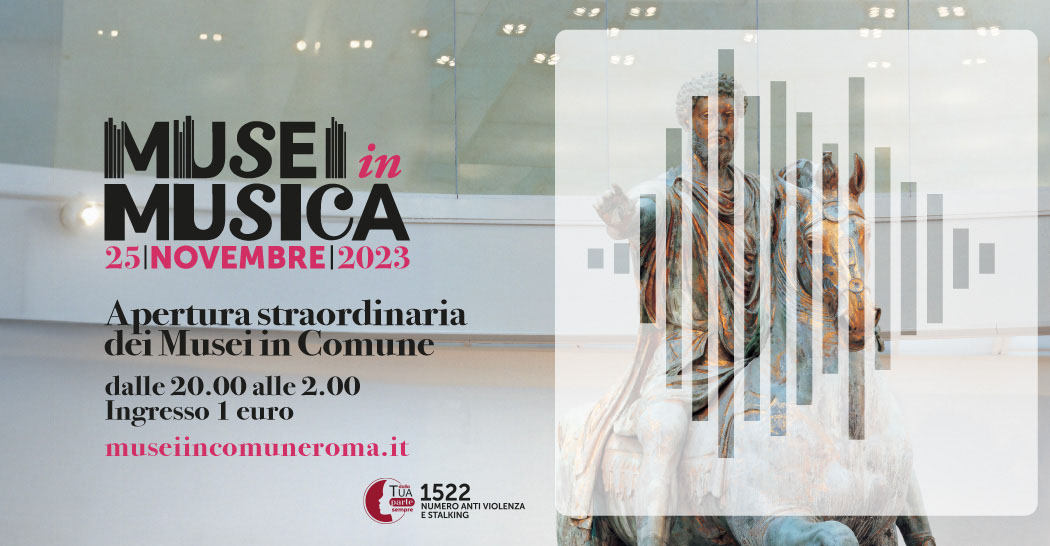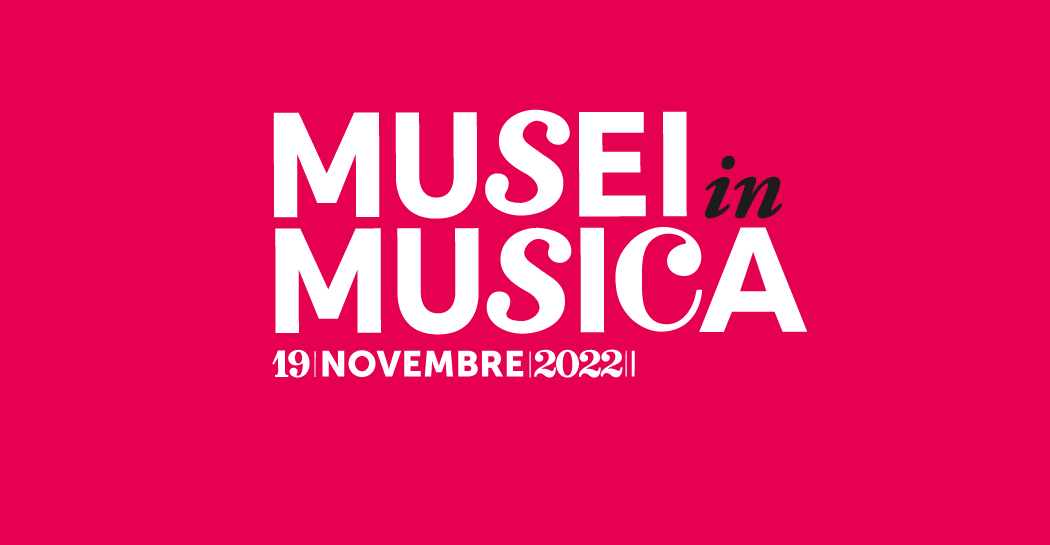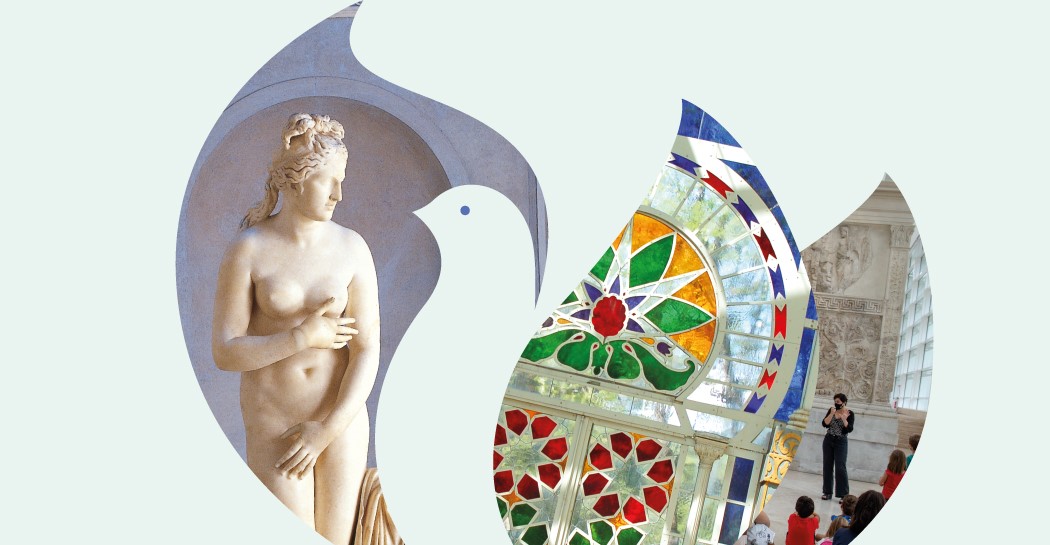I Colori dell’Antico. Marmi Santarelli ai Musei Capitolini
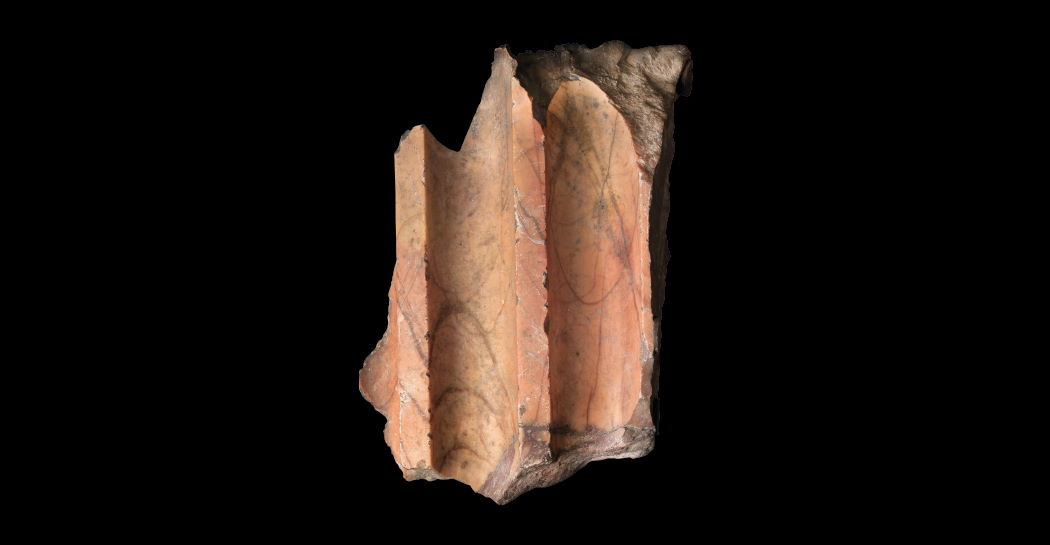
On display is a broad overview of the use of coloured marble, from its origins to the twentieth century, through a fine selection of pieces from the Santarelli Foundation.
In two rooms of Palazzo Clementino in the Musei Capitolini, next to the Medagliere, a precious selection of over 660 polychrome marbles from the Imperial age from the Collezione Capitolina and the Fondazione Dino ed Ernesta Santarelli. Thanks to a ten-year free loan, the exhibition offers a view of the immense quantity of stones imported to Rome: a unique opportunity to retrace, through shapes, colours and patterns, the millennial history of the capital from an artistic but also socio-cultural, political and economic point of view. The use of polychrome marble was a key feature of Roman architecture in the imperial age.
The exhibition is divided into two rooms. In the first room there are 82 polychrome fragments from the Santarelli Foundation; the other houses two pairs of samples, one from the early 19th century with 422 pieces, also from the Foundation, and the other from the Collezione Capitolina, begun in the second half of the 19th century by the Gui family and consisting of 288 tiles. In the same room there is also a head of Dionysus mounted on an unrelated female bust (consisting of eight different types of marble and a selection of marble working tools from the Fiorentini workshop).
A documentary, curated by Adriano Aymonino and Silvia Davoli, is projected in a loop, tracing the history of these materials that arrived in Rome in relation to the expansion policy of the empire.
The exhibition aims to recount the close connection between the presence of non-native materials in the city of Rome and the political, economic and geographical expansion of the ancient Roman Empire, tracing territories and geographical networks through history and memory.
In fact, since the great roads of the empire started from the centre of the ancient city, the location of the marbles reflects the cardinal directions from which they arrived in Rome.
The result is an instructive glimpse of the civilisations most familiar with marble working at the time of the Roman conquest.
The use of some coloured marbles dates back to the Neolithic or late Bronze Age, such as the hard green serpentine. In Egypt the pharaohs exploited different qualities and their last dynasty, the Tolomei (305 - 30 BC), extended the repertoire with porphyry and alabaster, which would later be appreciated in Rome. Here the rejection of luxury prevailed for a long time, preferring ideas and materials drawn from tradition. The introduction of some coloured marbles dates back to the Republican period, such as giallo antico and pavonazzetto, while their diffusion is linked to the Emperor Augustus. The largest assortment of coloured marbles dates back to the Flavians (69-96 AD). Many quarries became imperial with the Antonini, who increased the number of non-Italian quarries. The colours were enlivened by polishing, grease or wax and had to correlate with paintings and decorations, almost all of which have been lost.
Extraction, processing and transport required a large number of workers, who had to be well trained and disciplined. It is possible that Augustus and his successors deliberately wanted to finance these activities also in order to promote ethnic and social amalgamation within the enormous extension of the empire, wanting to involve the conquered peoples economically. The costs were comparable to those of military campaigns and they must have had appropriate motives. But the reason is not entirely clear. It has been interpreted as a desire for luxury, an increase in tax revenue and a symbolic representation of imperial extension.
The gradual military, political, administrative and economic dissolution in the West, which corresponds to the High Middle Ages, saw the majority of quarries close and subsequently a strong tendency to reuse ancient materials. A new art developed, which made original use of coloured marble. Floors with slabs re-used whole or broken up to form geometric patterns became widespread. The colours of some ancient marble echoed in Romanesque and Gothic architecture, in Tuscany and other regions, facades and bell towers streaked with white and red (or green), imitating porphyry and serpentine, as did, more precisely, 14th-century painting.
In the most organic revival of antiquity, the Renaissance, we see a contradictory and overlooked fact: the vivid colours of Rome were faded or reinvented. A change is due to the maturity of Raphael, in the Vatican Rooms, starting with the Fire Room (1514-1517), where several coloured stones are appropriately painted. In the mid-16th century, marble marquetry developed in Florence (from 1588 with the Opificio delle Pietre Dure), which seems to have been reflected in Bronzino's style. Paintings on slate and later on other stone qualities also spread.
The vivid colours of Rome soon triggered a cliché: they were excessive, corrupting the measured Greek simplicity. It is an idea that resurfaces in the history of art, in judgments of Mannerism and Baroque as degenerations of Renaissance balance. In the early Renaissance, those colours must have been better than they are now, especially in the marble, which had not suffered centuries of stripping, nor the action of pollution. Yet so many images of the city show them faded, all the way to Neoclassicism and beyond. It may be that this 'filter' served to make the images from the past credible, as something similar is seen in cinematic flashback, often in black and white or with altered colours. Such alterations may have helped to use the artistic image as a time machine.
Treccani
Information
From April 13, 2022
Every day 9.30 - 19.30
24 and 31 December 9.30 - 14.00
Last admission one hour before closing time
Closed:
1 May and 25 December
Before planning the visit, CONSULT THE NOTICES
Access to the exhibition is granted to holders of a ticket according to the current rates
Free admission with MIC card
Call. 060608 (every day 9.00 - 19.00)
The exhibition is promoted by
Roma Culture - Sovrintendenza Capitolina ai Beni Culturali and the Fondazione Santarelli
Curated by
Vittoria Bonifati
Scientific curator
Andrea G. De Marchi
Installation project Cookies (Alice Grégoire, Clément Périssé, Federico Martelli)
Museum services by
Zètema Progetto Cultura
Catalogue published by
Treccani


























